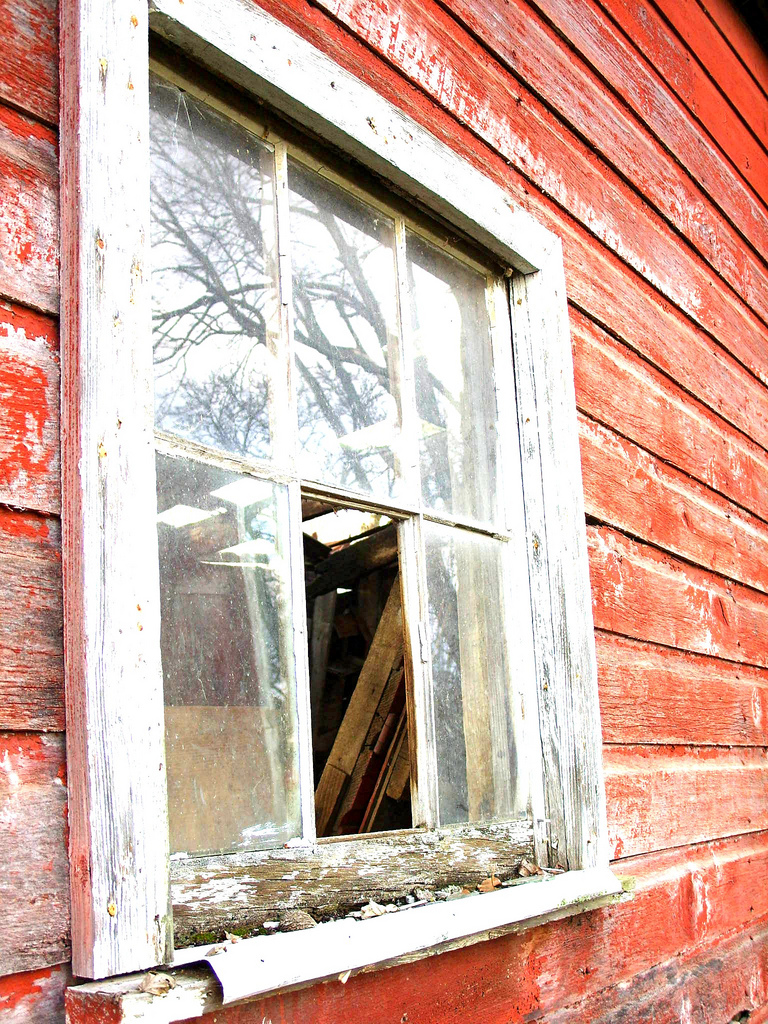My fiction craft article appeared at Women on Writing today. Ta-da! Hope it inspires, and enjoy the prompt at the end.
"Three Qualities of Good Short Stories (and Why You Need Them in Your Own Stories)"
By Melanie Faith
"The cat sat on the mat is not a story. The cat sat on the other cat's mat is a story."
--John le Carré
We've probably all had that experience where we read the latest edition of our favorite literary magazine and thought, Meh. What was so great about that piece? Editorial tastes aside, there are some key elements to making good fiction that transcend the names on the masthead. Let's take a look at a few elements that make a good short story.
There's enough conflict. Readers get invested in stories that have something at stake, both for the protagonist and for the reader. As in the John le Carré quote, merely having a character in a scene doing something isn't enough to generate and sustain interest. Just as our actions or refusals to act create ripples of effects in real life (Wonder about that? Don't pay your taxes, show up at your child's recital, or buy groceries: the reactions are sure to pile up speedily), your characters live in a setting populated with other people, places, and things and whatever they do or don't do has consequences aplenty. Consequences create the potential for conflict and increase tension in a story. Conflicts and consequences are good. Characters who do something (anything) in a vacuum: boring city!
We know who to root for and who not to. Ever read a story where there were so many characters that you weren't sure who you should focus on or what was the point of all of these characters being in the scene? Good stories might have a few characters, but it's clear who the protagonist is and isn't. Same goes for the antagonist, which may be a person but doesn't have to be (in man vs. nature stories, for instance, a storm might be the antagonist). Every action/reaction, snippet of dialogue, and description must support the reader knowing who the main character is and who works against the main character. All other details (or characters) can either be edited out of the story or need to be pared back to supporting status for the protagonist's journey.
They have a clear setting--which just may prove significant to the character's quest. Just like us, your characters exist in time and space. A character typing in a coffee shop in Smalltown, USA probably has a different life and set of goals than a character in a coffee shop in LA, Tokyo, Milan, or the moon (hey, this could be science fiction, right?). Remember that storm example a few sentences ago? Some settings, such as a character outrunning a tornado in Missouri, might be significantly impact by where the action of the story happens. Other times, the action of the story might have little to do with the conflict but it's important to create a scene in which your character breathes and moves through a landscape just as we all do. Keep in mind: characters don't have to like where they live (be that their city/town or their living conditions, such as apartment/condo/house/basement/friend's couch), but good stories need a place for all of the action of the story to take place. Otherwise, characters can become mere talking heads, doing a lot of thinking that could easily alienate readers who want to be grounded in place and time.
Try this prompt!
Take a draft of a story and let's flip the script: write a new story, making your antagonist your protagonist. What is the main conflict your new protagonist must confront? Who creates obstacles for this new protagonist? What do they want? Where does your protagonist spend most of their time? Make that the setting. How does the setting either support your new protagonist or work against them?
Care to write more short stories?
